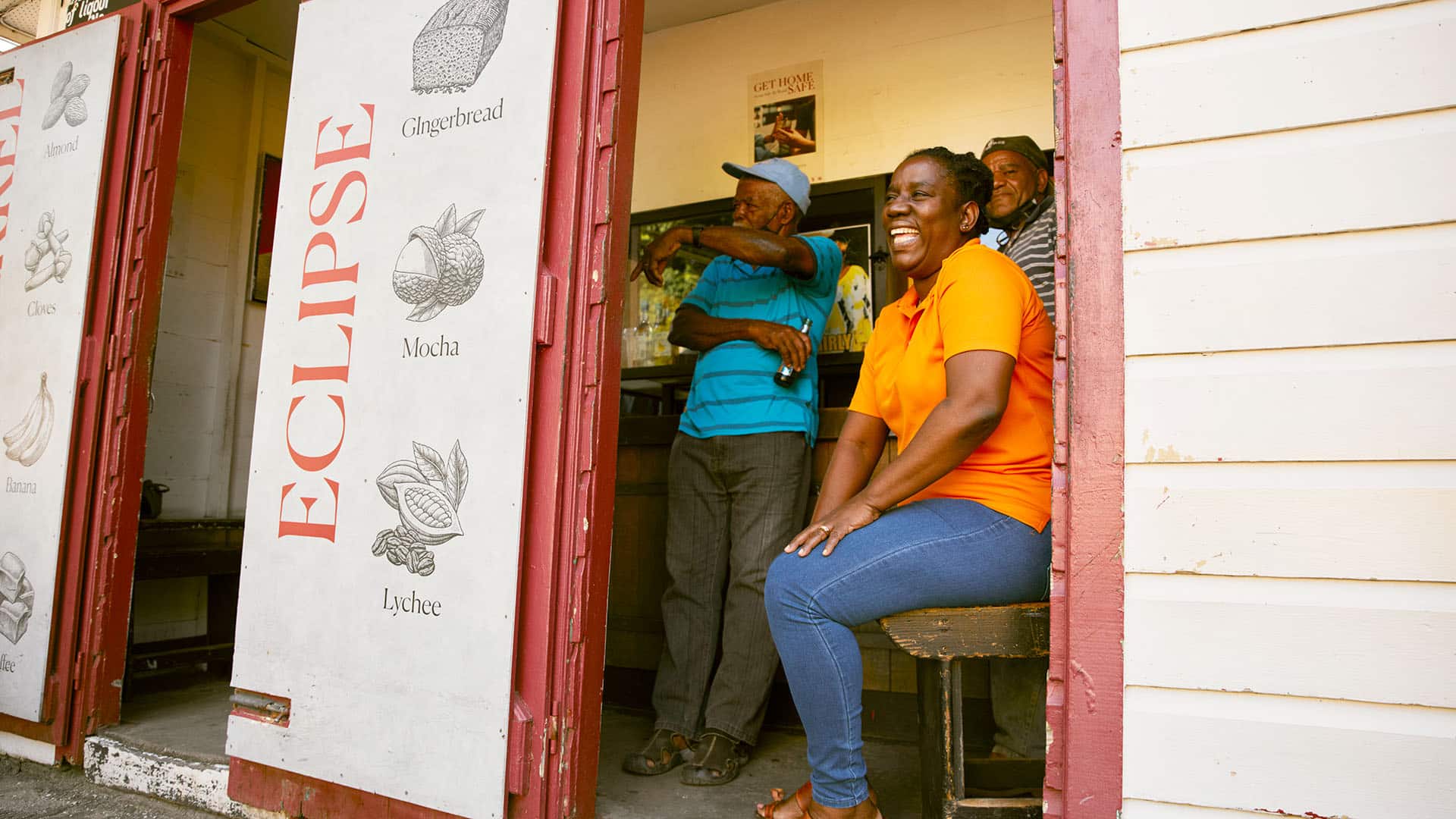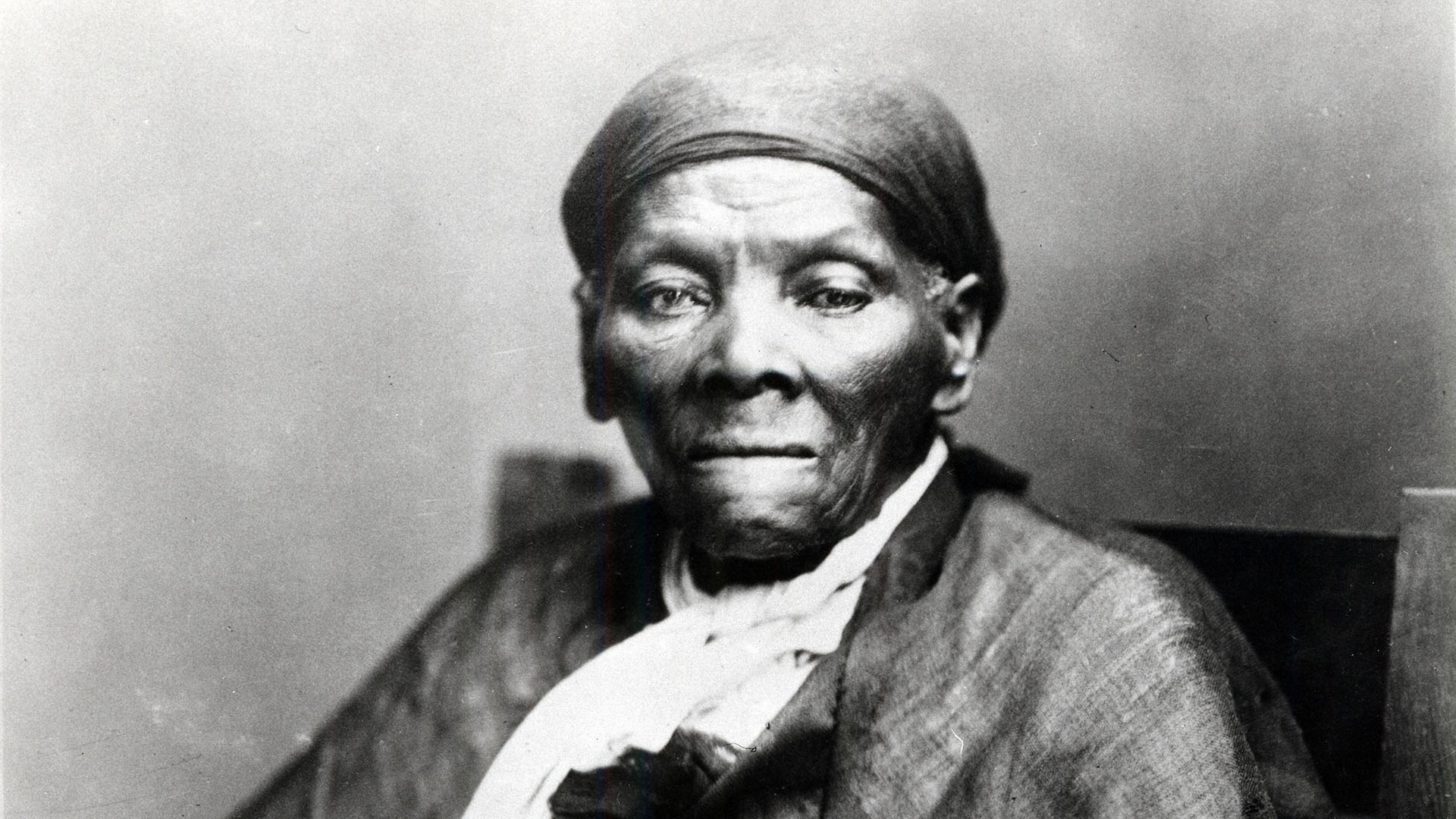
Uncover the life and legacy of Harriet Tubman. (Photo: Getty Images)
Black TravelFollow in Her Footsteps: Historic Sites That Shaped Harriet Tubman’s Search for Freedom
By Sucheta RawalHarriet Tubman Davis not only escaped slavery herself, but she also became one of the most important abolitionists in U.S. history and helped approximately 70 enslaved people reach freedom.
Tubman also served as a cook, spy and armed scout for the Union forces during the Civil War — making her the first African American woman to serve in the military.
From Maryland to Philadelphia and the Finger Lakes region of New York, venture on a road trip into Tubman’s life to discover the nuances of her experience — beyond what Hollywood movies or history books may portray — and witness firsthand some of the sites where she lived, worked and led others to their own freedom.
Travel along the Harriet Tubman Underground Railroad Byway, which offers a self-guided tour of 45 designated sites beginning on Maryland’s eastern shore near the town of Church Creek, and continue for 223 miles through Maryland and Delaware, ending in Philadelphia with stops at Independence Hall and William Still’s Last Residence.
Conclude your Philadelphia visit with a visit to Belmont Mansion Underground Railroad Museum, which is dedicated to Colonial history.
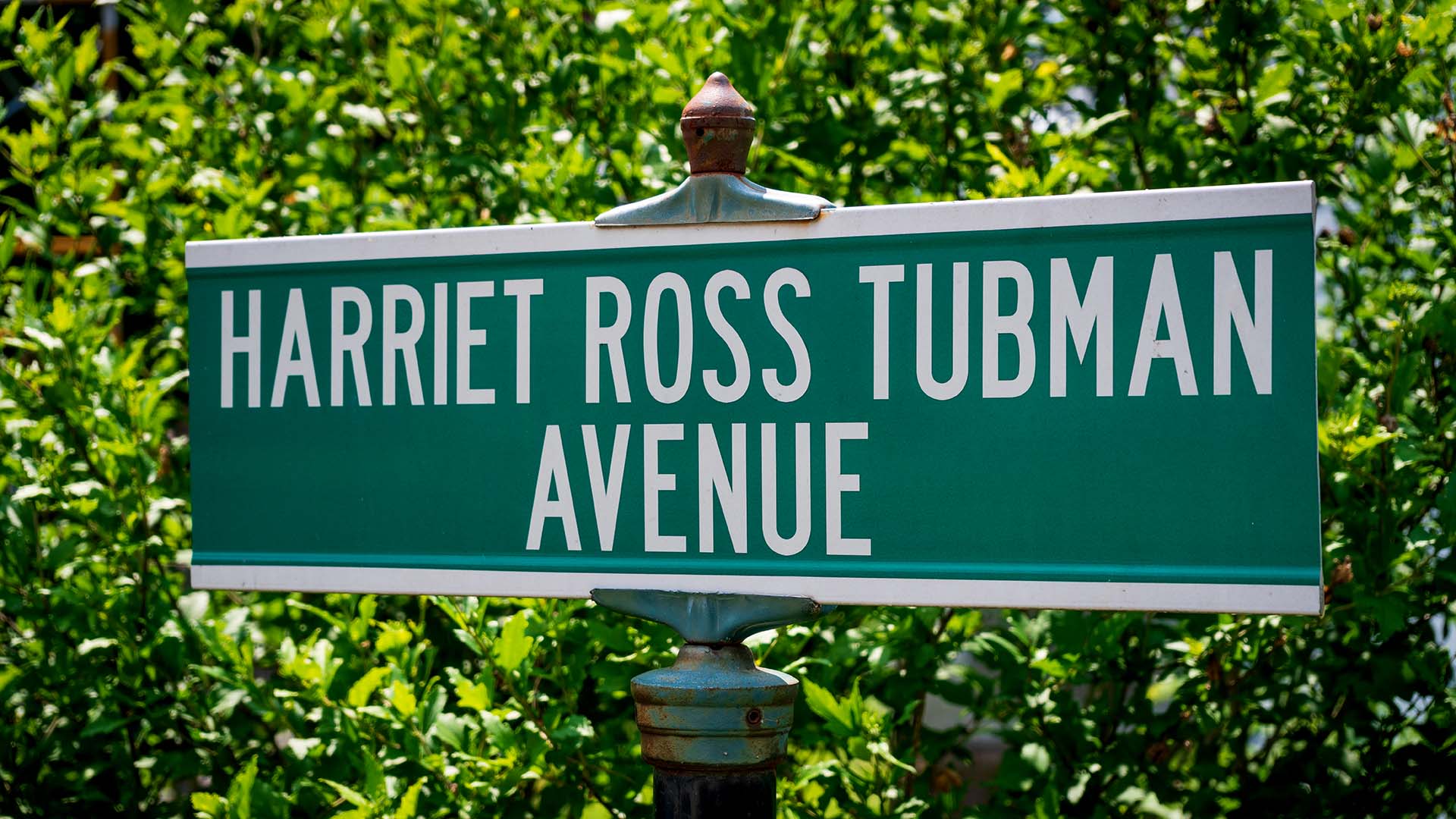
Then travel to the Finger Lakes region of New York to see where Tubman spent 50 years of her life helping others. This powerful and inspiring educational journey will help you discover Black history in an extraordinary way.
Here are some of the places where you can learn more about Tubman’s struggles and indomitable spirit.
As always, check for travel guidelines and closures before planning your trip.
Start in Church Creek, Maryland
The best place to start your road trip is at the Harriet Tubman Underground Railroad Visitor Center, located in the town of Church Creek, featuring multimedia exhibits about Tubman’s life. From here, traverse some of the 125 miles of the Harriett Tubman Underground Railroad Byway along Maryland’s Eastern Shore, and then continue for 98 miles up through Delaware and into Philadelphia.
Tubman was born in 1822 on Anthony Thompson’s plantation at Peter’s Neck in Dorchester County, Maryland. She spent her early years as an enslaved person at Brodess Farm and later was hired out by Brodess to work on neighboring farms before escaping slavery in 1849.
She performed her first act of resistance at age 12 at Bucktown General Store, which left her with a severe lifelong head injury. After her own escape, she later returned to Underground Railroad sites in Caroline County several times to lead other escapees to freedom.
As you make your way across the first portion of the byway, visit exhibits, murals and replica homes located on the sites that honor Tubman.
Continue Through Philadelphia, Pennsylvania
In 1849, Tubman escaped to Pennsylvania with her two brothers and found her freedom. Though Tubman’s brothers turned back, she was able to lead them to freedom about 5 years later.
She became an operator of the Underground Railroad, a vast network of people and places that aided enslaved people in their escape from bondage.
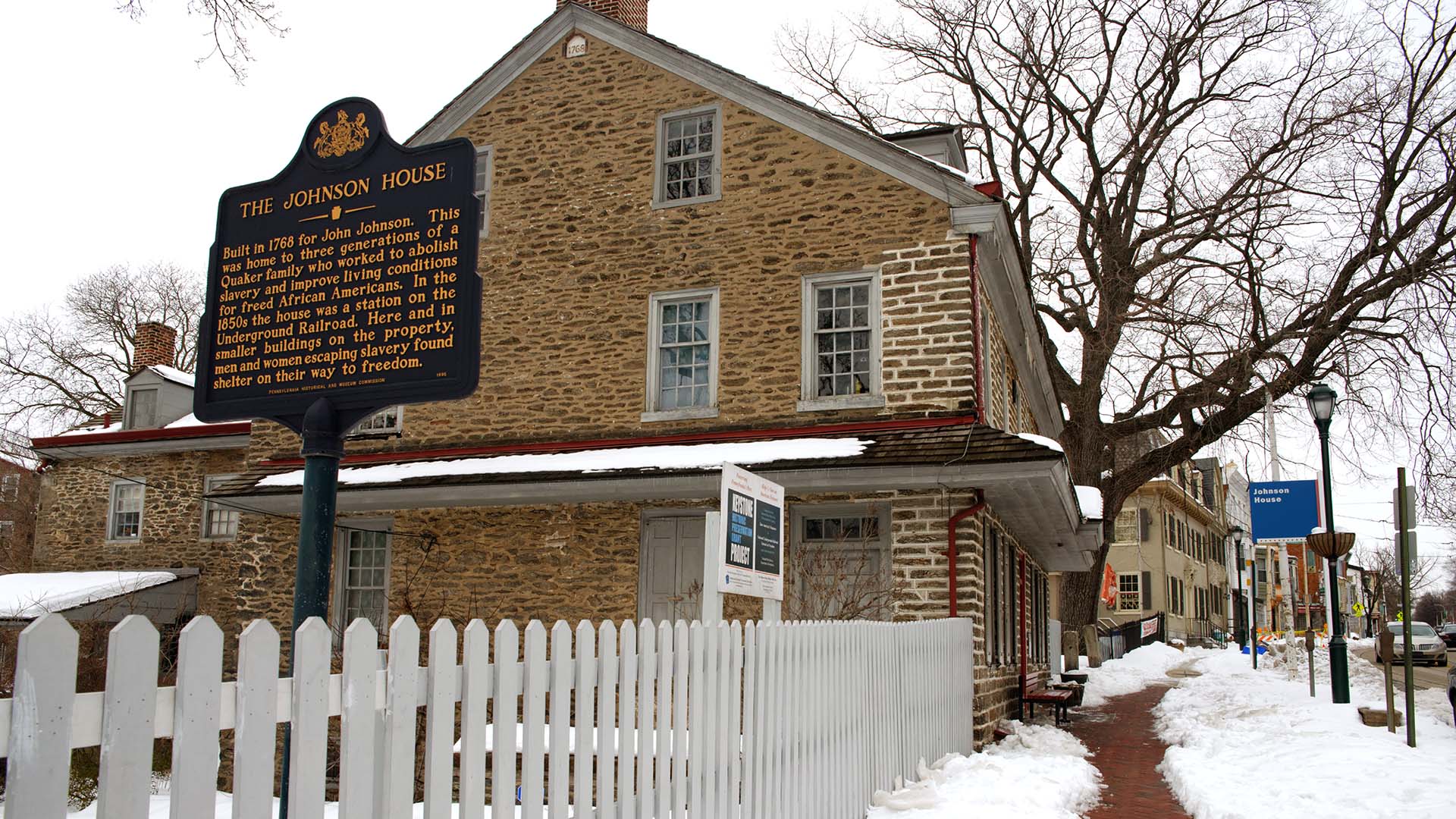
Tubman is said to have met other abolitionists at the Johnson House, the only intact Germantown stop on the Underground Railroad, owned by a Quaker family. She delivered remarks at Mother Bethel African Methodist Episcopal (AME) Church, the “mother” church of the nation’s first Black denomination.
Learn about the African American struggles through history at various historic homes and museums in the city, including the prominent William Still House in Philadelphia. Still was known as the father of the Underground Railroad and assisted nearly 1,000 people in escaping slavery.
On the outskirts of Philadelphia, visit the waterfront memorial dedicated to Tubman’s life and legacy in Bucks County in Bristol.
End the Philadelphia leg of your journey at the Belmont Mansion Underground Railroad Museum, and then head northwest into New York to see where Tubman spent her last 50 years.
End in Auburn, New York
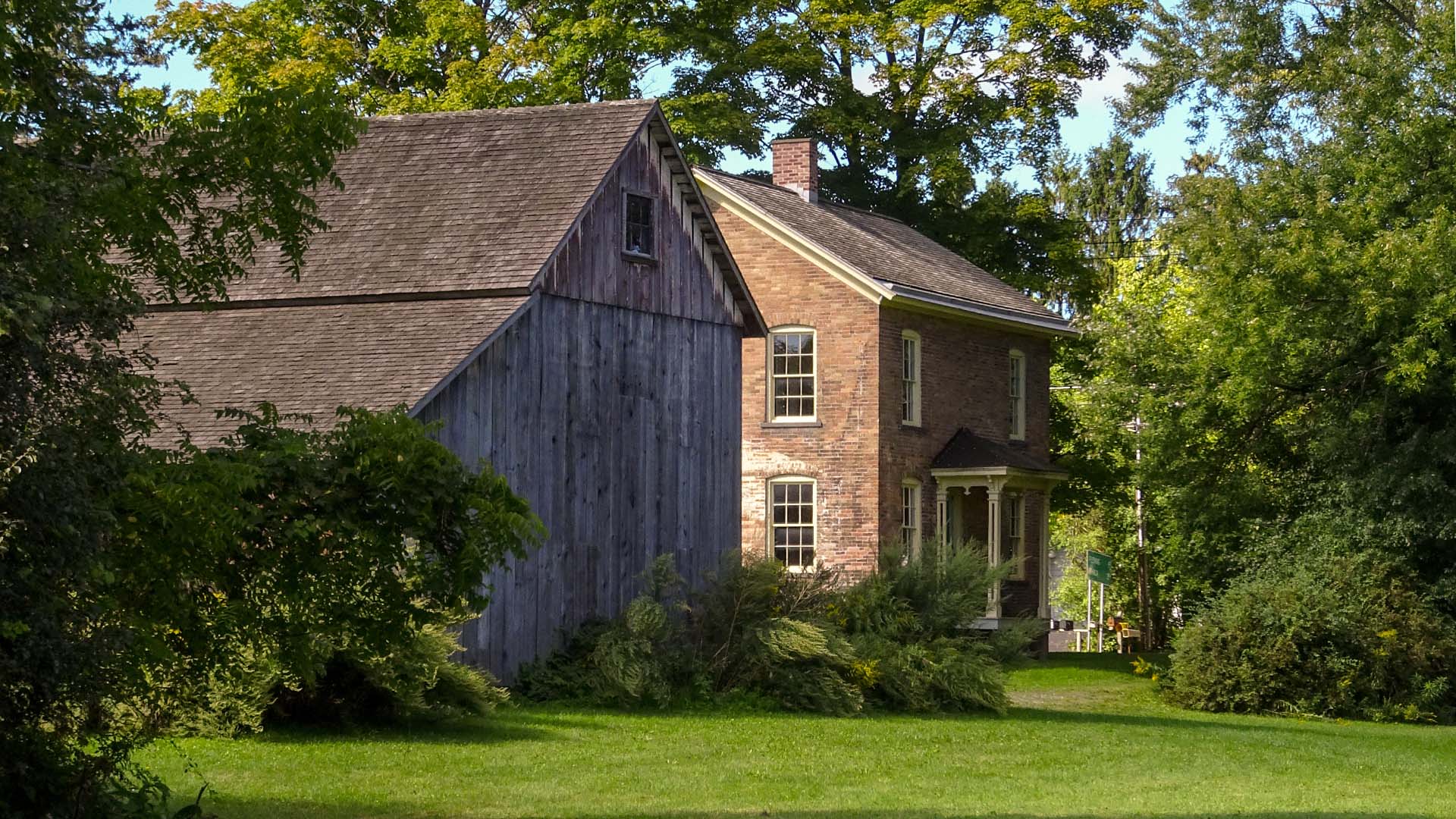
After the Civil War, Tubman moved to Auburn, New York, where she remarried and turned to philanthropy and women’s suffrage. Take a guided tour of her home and barn at the Harriet Tubman National Historic Park. This is where Tubman created the Harriet Tubman Home for the Aged and Indigent Negroes, a sanctuary for the elderly, sick and those with disabilities.
You can feel Tubman’s presence and see her imprints at her home. Tubman and her second husband, Nelson Davis, along with the local African American community, built the currently standing house after a fire in 1880 destroyed the original. The family’s handcrafted bricks were used in the construction of the new home.
Check out the impressive bronze statue of Tubman at the Equal Rights Heritage Center. A replica of the statue was erected at the CIA headquarters to honor Tubman as a model spy.
Learn about the controversial laws of the times at Seward House Museum, the former home of William Henry and Frances Seward, which was also used as a stop on the Underground Railroad. It was Frances Seward, in 1859, who sold Harriet Tubman the property that became Tubman’s home, which was risky at the time, as it was illegal for a self-emancipated person to own property.
Harriet Tubman died in 1913 and is buried at Fort Hill Cemetery in Auburn. Her funeral was held with military honors at AME Zion Church. Pay respects at her three-foot-tall granite gravestone under an evergreen tree planted by her great niece and nephew.







